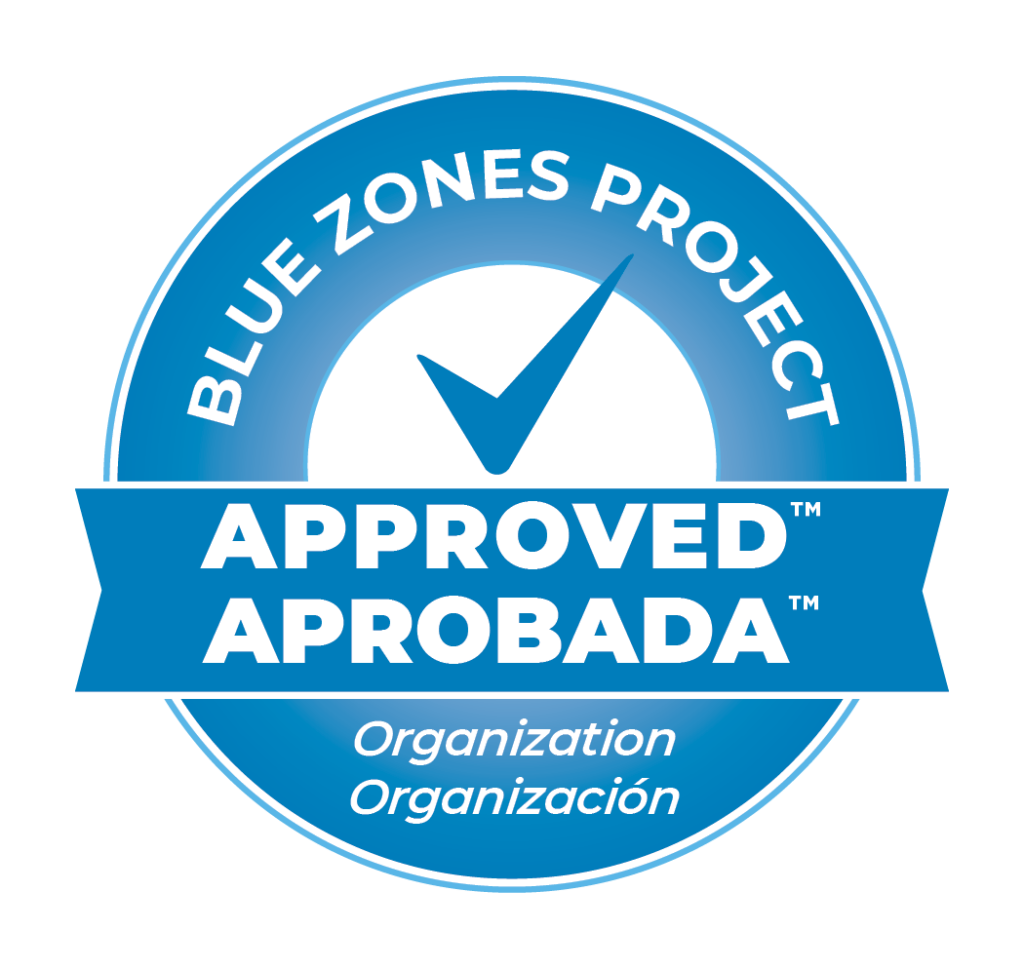[vc_row type=”in_container” full_screen_row_position=”middle” scene_position=”center” text_color=”dark” text_align=”left” overlay_strength=”0.3″ shape_divider_position=”bottom”][vc_column column_padding=”no-extra-padding” column_padding_position=”all” background_color_opacity=”1″ background_hover_color_opacity=”1″ column_shadow=”none” column_border_radius=”none” width=”1/1″ tablet_text_alignment=”default” phone_text_alignment=”default” column_border_width=”none” column_border_style=”solid”][vc_column_text]Interim believes in the healing power of dogs. In fact, we have four therapy dogs that work directly in our programs. Therapy dogs are trained to provide emotional therapeutic support, assisting in the healing process. They decrease feelings of anxiety, increase feelings of comfort and safety, and reduce loneliness. For this article, we caught up with three of our therapy dogs for a heartwarming combined interview!!![/vc_column_text][/vc_column][/vc_row][vc_row type=”in_container” full_screen_row_position=”middle” scene_position=”center” text_color=”dark” text_align=”left” overlay_strength=”0.3″ shape_divider_position=”bottom”][vc_column column_padding=”no-extra-padding” column_padding_position=”all” background_color_opacity=”1″ background_hover_color_opacity=”1″ column_shadow=”none” column_border_radius=”none” width=”1/1″ tablet_text_alignment=”default” phone_text_alignment=”default” column_border_width=”none” column_border_style=”solid”][image_with_animation image_url=”11158″ alignment=”” animation=”Fade In” img_link_large=”yes” border_radius=”none” box_shadow=”none” max_width=”100%”][/vc_column][/vc_row][vc_row type=”in_container” full_screen_row_position=”middle” scene_position=”center” text_color=”dark” text_align=”left” overlay_strength=”0.3″ shape_divider_position=”bottom”][vc_column column_padding=”no-extra-padding” column_padding_position=”all” background_color_opacity=”1″ background_hover_color_opacity=”1″ column_shadow=”none” column_border_radius=”none” width=”1/1″ tablet_text_alignment=”default” phone_text_alignment=”default” column_border_width=”none” column_border_style=”solid”][vc_column_text]Angel
About twice a month (sometimes more) Manzanita House has a visiting “Angel”. Manzanita House is Interim’s crisis residential program. Residents of Manzanita House are recovering from a mental health crisis. The emotional support that a therapy dog can provide to clients at this juncture is much needed.
Sometimes you find her hanging out in the Living Room, sometimes in the Dining Room or Day Room. She has been known to calmly sit next to residents on the couch or enthusiastically greet them with a big kiss. She is always accompanied by her chauffer, friend and personal human, Grace Rider.
Angel is a registered therapy dog. Her black and tan sausage shape wiggles with happiness as she greets you. “I was told Dachshunds could be hard to train, but Angel wasn’t that way. The International Therapy Dog trainer in Salinas says Angel’s got the perfect therapy dog personality.” explains Grace. “She’s very vocal for a dachshund and will greet with you with a gurgle. She loves everyone she meets.”
Angel has been visiting Manzanita House, (Interim’s Residential Treatment Facility for adults who are experiencing a mental health crisis), regularly for about four years. Grace says Angel seems to understand the residents—whether they need a quiet canine friend to sit next to them for a while, or if someone needs full on doggy kisses. As the residents interact with Angel, sometimes they share their journey with Grace. Grace and Angel listen without judgment.
When she is not at Manzanita House, Angel visits the Hospice at CHOMP and other rehabilitation centers in the area, spreading doggy joy with every visit.[/vc_column_text][/vc_column][/vc_row][vc_row type=”in_container” full_screen_row_position=”middle” scene_position=”center” text_color=”dark” text_align=”left” overlay_strength=”0.3″ shape_divider_position=”bottom”][vc_column column_padding=”no-extra-padding” column_padding_position=”all” background_color_opacity=”1″ background_hover_color_opacity=”1″ column_shadow=”none” column_border_radius=”none” width=”1/1″ tablet_text_alignment=”default” phone_text_alignment=”default” column_border_width=”none” column_border_style=”solid”][image_with_animation image_url=”11159″ alignment=”” animation=”Fade In” img_link_large=”yes” border_radius=”none” box_shadow=”none” max_width=”100%”][/vc_column][/vc_row][vc_row type=”in_container” full_screen_row_position=”middle” scene_position=”center” text_color=”dark” text_align=”left” overlay_strength=”0.3″ shape_divider_position=”bottom”][vc_column column_padding=”no-extra-padding” column_padding_position=”all” background_color_opacity=”1″ background_hover_color_opacity=”1″ column_shadow=”none” column_border_radius=”none” width=”1/1″ tablet_text_alignment=”default” phone_text_alignment=”default” column_border_width=”none” column_border_style=”solid”][vc_column_text]RUFUS
Manzanita House has another regular visitor who comes to play with residents. Rufus is a Black Lab and his owner Carla stopped in at the Interim Offices recently to meet the Administrative staff.
“Rufus came from the SPCA for Monterey County. He was part of a program called ‘Take the Lead’ where young people were part of the juvenile probation program worked with dogs in the shelter to train them” notes Carla, Rufus’ human. The ‘Take the Lead’ program was later shifted to the ‘Ruff Start’ Program, which pairs dogs who need extra help with inmates at Salinas Valley State Prison. Ruff Start is 24/7, two people per dog, training for multiple weeks. Under the ‘Take the Lead’ program, Rufus was taught basic commands, how to walk on a leash and basic obedience.
“We got Rufus when he was 4 months old (he’s 9 years old now) and had him evaluated and trained at the Zoom Room (now California Canine Training) in Pacific Grove, with the idea that he could be a Therapy Dog. Part of the training was for me, on how to handle him. Rufus passed with flying colors and went on to receive specialized therapy training from Therapy Dogs International,” Carla said.
Rufus especially likes to play ball with the residents in the back yard at Manzanita House. Sometimes he can be found rolling on the floor in the living room, nuzzling a resident. He loves to play and loves meeting new people. “When we stop in to visit, the staff at Manzanita makes an announcement over the intercom that Rufus is here, and the residents, and sometimes staff, come out to see him,” Carla says.
When not “working” Rufus lives at home with his humans, Carla and Tony and “sister” Cammie, a white lab who is a hospital therapy dog.[/vc_column_text][/vc_column][/vc_row][vc_row type=”in_container” full_screen_row_position=”middle” scene_position=”center” text_color=”dark” text_align=”left” overlay_strength=”0.3″ shape_divider_position=”bottom”][vc_column column_padding=”no-extra-padding” column_padding_position=”all” background_color_opacity=”1″ background_hover_color_opacity=”1″ column_shadow=”none” column_border_radius=”none” width=”1/1″ tablet_text_alignment=”default” phone_text_alignment=”default” column_border_width=”none” column_border_style=”solid”][/vc_column][/vc_row][vc_row type=”in_container” full_screen_row_position=”middle” scene_position=”center” text_color=”dark” text_align=”left” overlay_strength=”0.3″ shape_divider_position=”bottom”][vc_column column_padding=”no-extra-padding” column_padding_position=”all” background_color_opacity=”1″ background_hover_color_opacity=”1″ column_shadow=”none” column_border_radius=”none” width=”1/1″ tablet_text_alignment=”default” phone_text_alignment=”default” column_border_width=”none” column_border_style=”solid”][image_with_animation image_url=”11165″ alignment=”” animation=”Fade In” img_link_large=”yes” border_radius=”none” box_shadow=”none” max_width=”100%”][/vc_column][/vc_row][vc_row type=”in_container” full_screen_row_position=”middle” scene_position=”center” text_color=”dark” text_align=”left” overlay_strength=”0.3″ shape_divider_position=”bottom”][vc_column column_padding=”no-extra-padding” column_padding_position=”all” background_color_opacity=”1″ background_hover_color_opacity=”1″ column_shadow=”none” column_border_radius=”none” width=”1/1″ tablet_text_alignment=”default” phone_text_alignment=”default” column_border_width=”none” column_border_style=”solid”][vc_column_text]Juno
The homelike setting of Bridge House in Monterey provides a structured, non-institutional therapeutic community where residents with co-occurring substance use disorders and psychiatric disabilities learn to rebuild their lives. At Bridge House, there is a special employee who works the night shift, and is known for her calm, gentle character regardless of the situation. Her name is Juno, and she is a therapy dog– a St. Bernard. Juno’s human is Leah Mahar who incidentally also works the night shift at Bridge House. Leah has been on staff for eight years, six of which she has been accompanied by Juno. Leah tells the story of how Juno came to be part of the Bridge House staff:
“I had been working here a couple of years, and knew about therapy dogs and how they could help people with stress. I started looking for a dog that would make a good therapy dog, and saw Juno advertised on Craigslist. I called her owner who had Juno and her mother—they had originally thought to breed Juno. I told the owner that I was looking for a dog to be a Therapy dog, and she said she thought Juno’s temperament was perfect for that kind of job.”
Juno’s training began with regular canine obedience classes. But to become a therapy dog, she had to be able to pass additional tests, like not jumping on people, not reacting to other dogs, and not eating food dropped on the ground. She had to remain calm in situations where other people and animals around her might be agitated. She passed with flying colors!
For residents of Bridge House who are learning to cope with mental illness while also dealing with substance use disorders, Juno’s gentle acceptance can be as healing as medication. A typical shift for Juno and Leah begins about 10:45 PM, and some residents will wait up to visit with Juno before they go to bed. “Sometimes it’s hard for our residents to settle into their new routine. They are away from home and may be missing their families and pets. Juno is just there for them, unconditionally.” Often, a few minutes petting and talking to Juno helps residents relax before bed. Since Juno and Leah’s shift continues until 8 AM, residents often visit with Juno when they first get up in the morning. She provides a comforting presence that settles them at the start of their day.[/vc_column_text][/vc_column][/vc_row]




